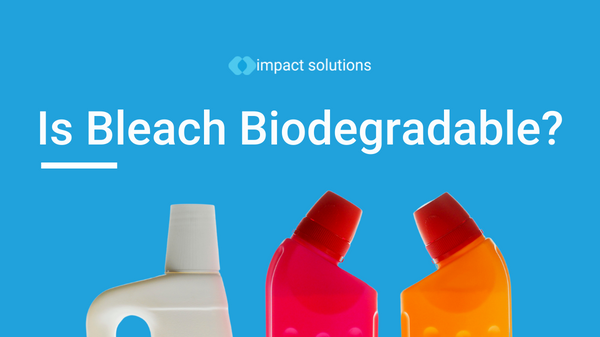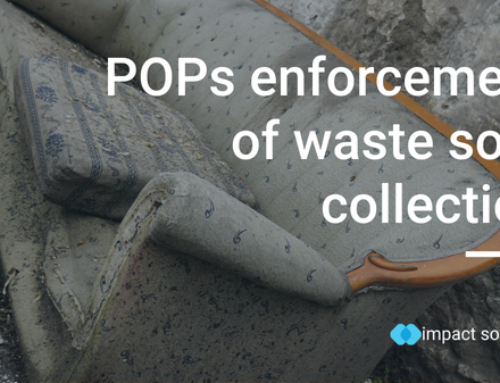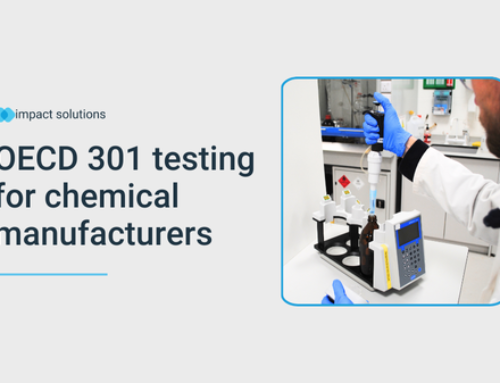Like many biodegradable cleaning products, sources claim that bleach is biodegradable but like in many scenarios this is explained by the misuse of the term ‘biodegradable’.
Bleach is an inorganic substance made up of Sodium hypochlorite (NaOCl) diluted in water. Molecular disintegration, through long-term exposure to water, air, light, and heat, begins with the breakdown of the structural bonds, making them unstable. Some of the chlorine content in bleach begins to escape as chlorine gas, leaving elements of salts and water behind – both of these as individual ingredients are biodegradable. This reaction to the chemical is not catalysed by enzymes or biological activity, but rather is just an inherent nature of chemicals disintegrating through time and exposure to outside elements.
Commonly, biodegradability requires the input of microbes, such as bacteria, to uptake the material and degrade through biological digestion, yet many of the cleaning products on the market are aggressive compounds that are designed to kill such bacteria. This type of product works against any enzymatic activity that could break down a product naturally to allow it to biodegrade.
So yes, bleach disintegrates, however, bleach does not biodegrade.
What happens once bleach goes down the drain?
It is standard practice to dispose of used bleach solutions down the drain or even use bleach to clean toilets and drains and once bleach is dispersed within copious amounts of water the potency of the product decreases significantly. If the drains or toilets are connected to a municipal sanitary sewer system, the bleach during the wastewater treatment process should become dechlorinated. Bleach is typically a 6% solution and after use, it is typically less than 1%. The fate of the bleach in a system as large as most municipalities is just salts that have no adverse effects downstream.
If you are connected to the septic system with a lateral field, then you may want to reconsider the disposal method. If it is a small amount, say 1 liter, then you may be able to get away with dilution down to .01% without ill effects as long as you don’t do it too often, let’s say once a week. Septic systems are not designed to have too much salt in them, and this can be bad for the vegetation near the lateral field since it will build up over time.
Testing biodegradable cleaning products
Developing a kinder product on the environment can be supported by our team of biochemists to develop and test your product for harmful substances to understand and assess how you can offer a biodegradable cleaning product. Our available tests such as OECD 301-F and ISO 14851 can understand the biodegradability of your cleaning products.





